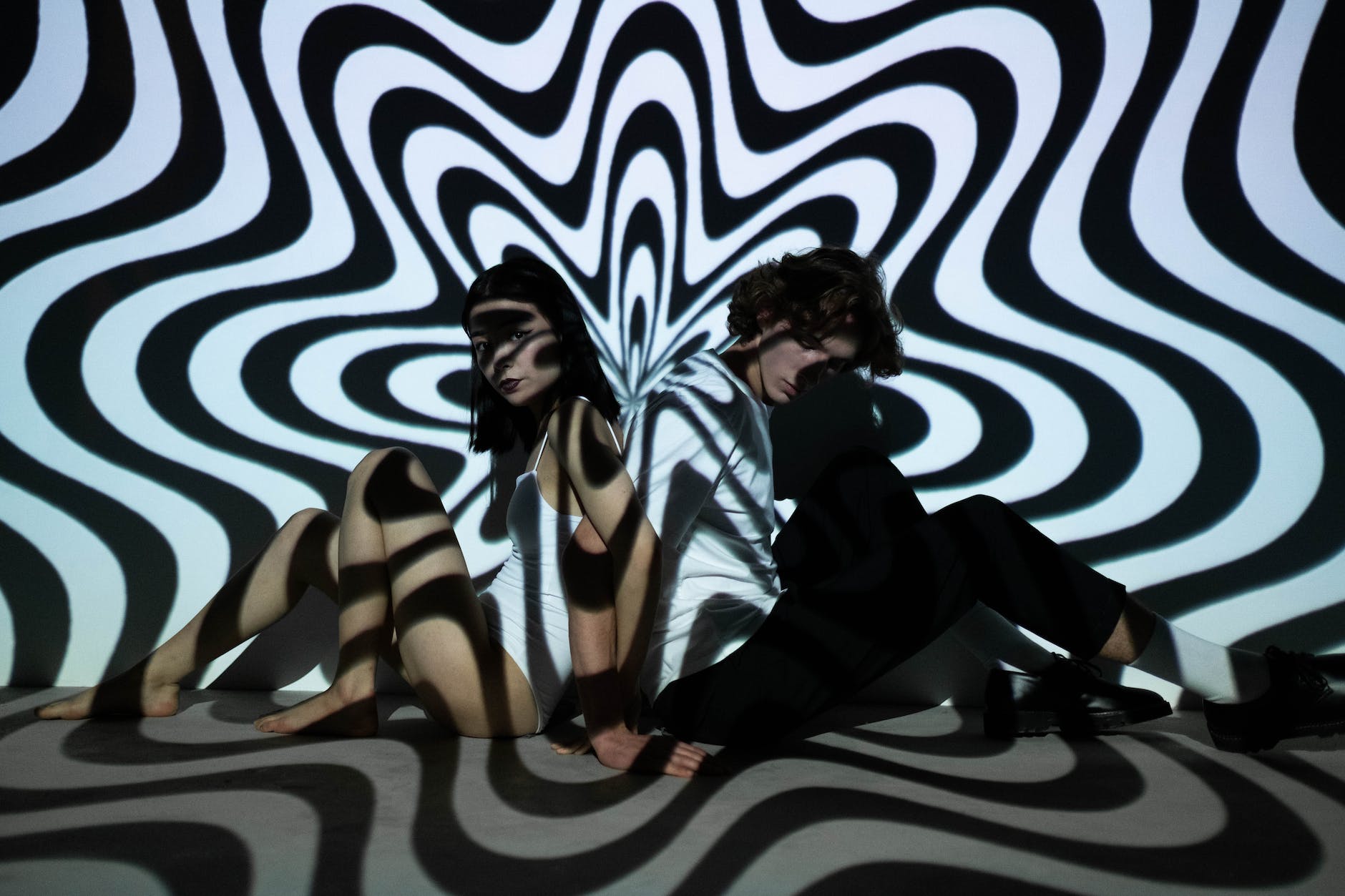The harmony between psychedelics and music is intricate, deeply rooted in the human consciousness and sensory perception. The potent cocktail of music and psychedelics often leads to profound altered states of consciousness that can elicit auditory hallucinations, spark musical inspiration, or evoke spiritual experiences. In this article, we delve into the unique connection between psychedelics and music.
To begin with, it is essential to understand the fundamental alterations that occur when one consumes psychedelics. In an article published in the Neuropsychopharmacology journal, it is noted that psychedelics significantly alter cognition and perception, leading to a notable shift in sensory experiences, one being an enhancement of auditory perception.
The inherent ability of psychedelics to distort and enhance auditory perception amplifies the impact of music, inducing auditory hallucinations. As the PLOS One Journal points out, psychedelics allow users to hear sounds with an enhanced sense of clarity, sharpness and depth. Often times, users can perceive multiple layers of sound that they would normally overlook in a sober state.
One significant intersection of psychedelics and music lies in the phenomenon of synesthesia. Synesthesia, as defined by the Consciousness and Cognition journal, is a condition where stimulation of one sensory pathway leads to automatic, involuntary experiences in a second sensory pathway. This condition is tremendously amplified under the influence of psychedelics, especially when coupled with music. Users often report seeing sounds or hearing colors; the musical notes transform into visual experiences.
Musical inspiration is another crucial aspect intertwined with psychedelics. Many legendary musicians and songwriters have noted the role of psychedelics in igniting their musical creativity. The Beatles, Jimi Hendrix, and Syd Barrett of Pink Floyd are just a few of the names tied to psychedelic use. Renowned neuroscientist and author Oliver Sacks, in his book “Musicophilia: Tales of Music and the Brain,” articulates this relationship eloquently, stating that psychedelics can break down barriers and foster new mixtures of style and genre.
In addition to inspiring musical creativity, psychedelics, combined with music, can contribute towards profound spiritual experiences. A vast majority of indigenous cultures used psychedelics as sacraments in religious rituals, often accompanied by music. The Journal of Psychopharmacology sheds light on these practices, underscoring the ability of psychedelics to catalyze transcendent experiences, particularly when combined with music.
Interestingly, the connection goes both ways. Music’s power to induce altered states of consciousness is well-documented, even in the absence of chemical stimulants. Sound vibrations can create trance-like states, similar to those induced by psychedelics. However, when combined with these substances, the experience transcends into a different realm – one that blurs the line between the audible and the visual, reality, and the surreal.
In the kaleidoscope of human consciousness and sensory perception, the connection between psychedelics and music stands out. This unique symbiosis has not only shaped human experiences and cultures throughout history but continually influences modern artistic expression. Further research into this intersecting landscape might just be the key to unlocking the mysteries enshrining music, psychedelics, and the human psyche.





